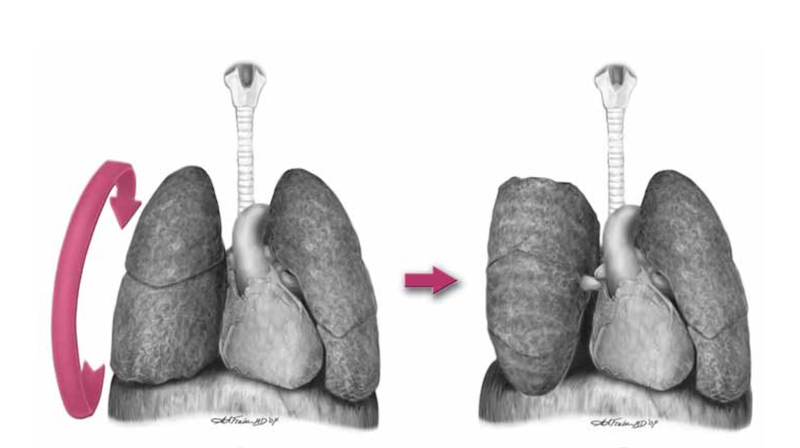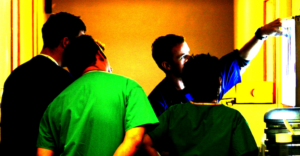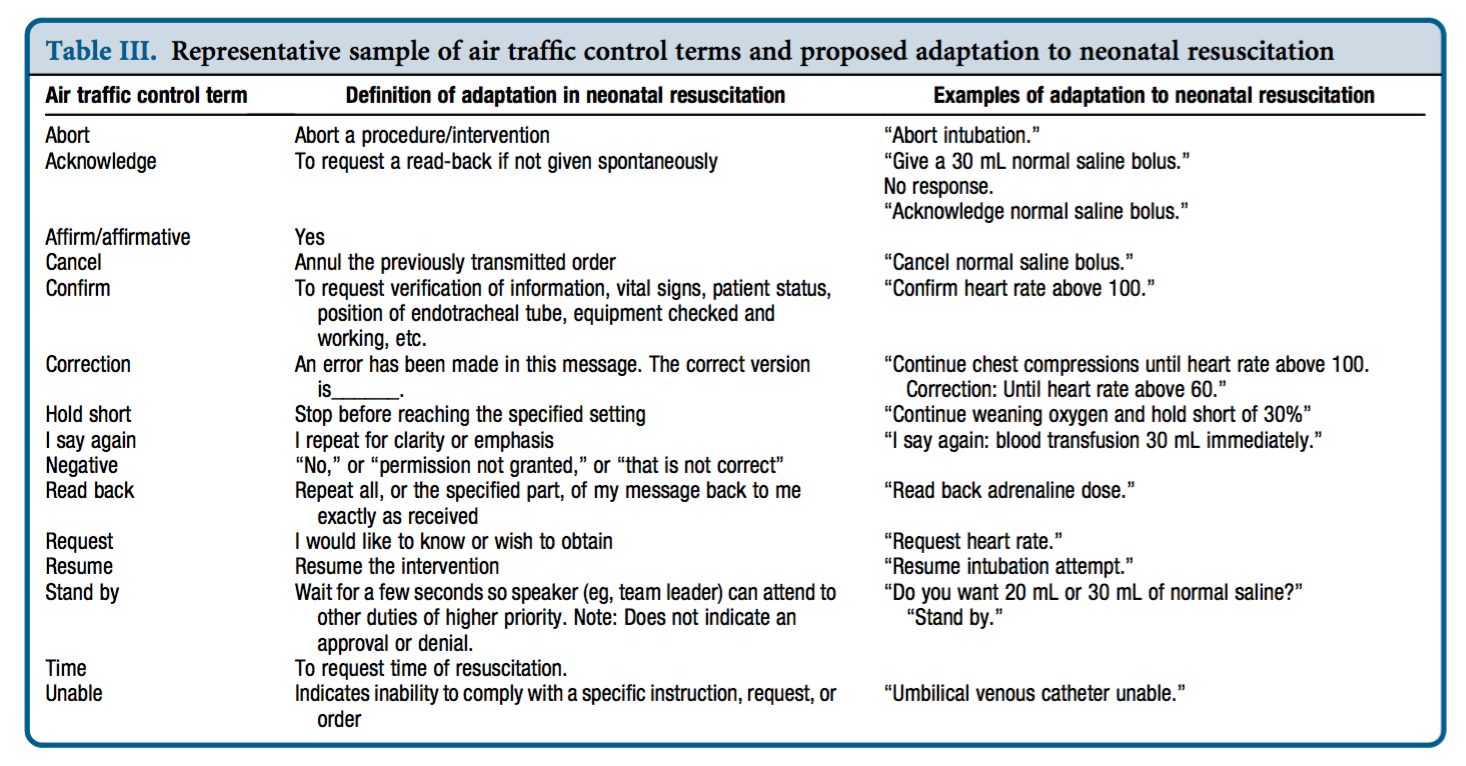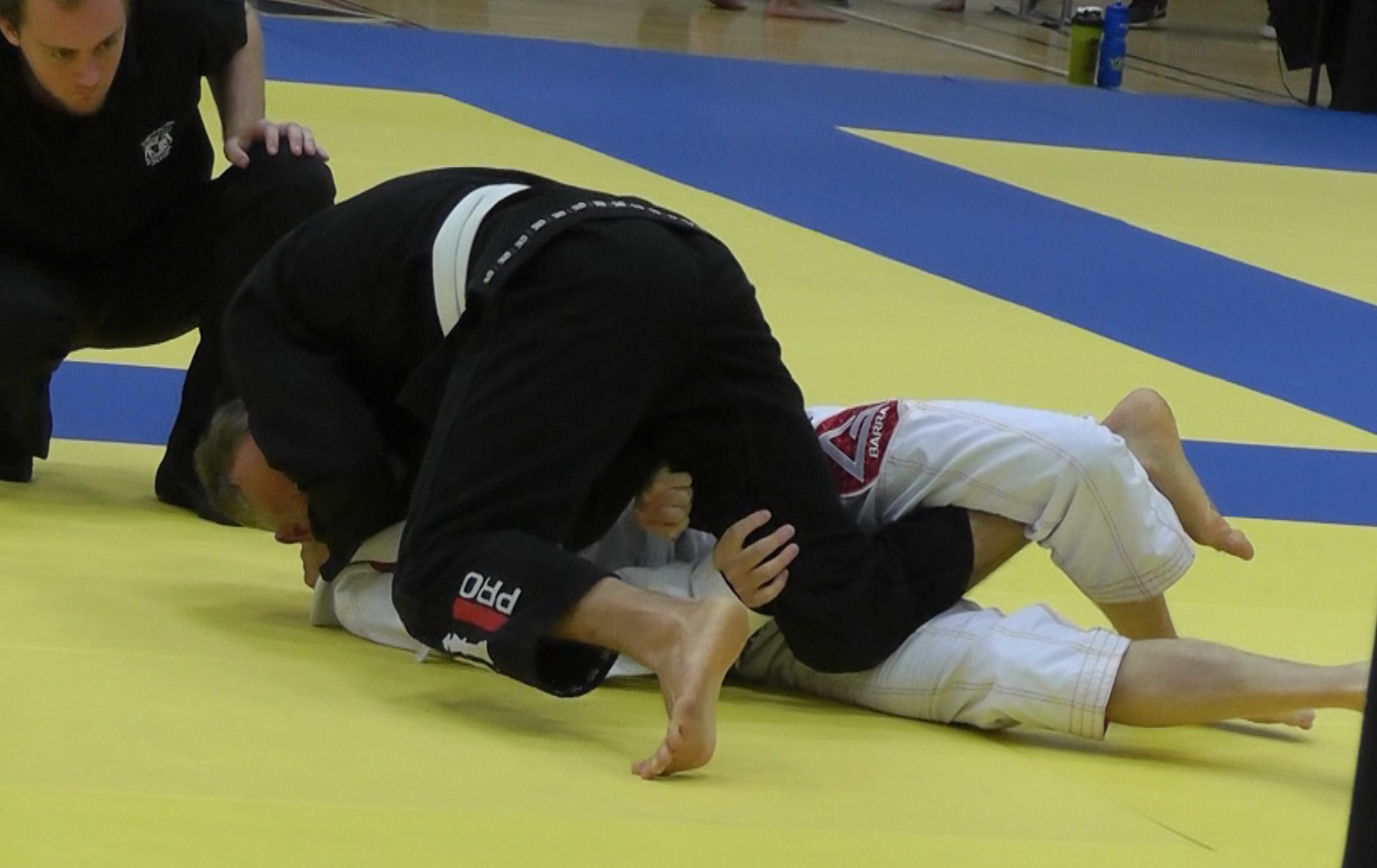
Last weekend I got my butt handed to me and I’m feeling really good about it. I entered my first Brazilian Jiu Jitsu competition, and was beaten unequivocally, having had to submit to avoid having my arm broken after about three minutes into the fight. So what’s to be so cheerful about? Essentially, the whole endeavour was an experiment, and the experiment was a success. I learned a heap about learning, and about myself. Lessons that can be applied to learning resuscitation medicine, or learning anything.
The 10000 hours fallacy: not all hours are created equal
I’ve been doing Brazilian Jiu Jitsu (BJJ) for about a year, and am not very good at it. I started it because my (then) five year old son started it, and I thought it would be nice if we could share an interest in something healthful and useful for self protection. For most of that year I made 1-2 sessions a week, usually rushing to class after an emergency department or retrieval medicine shift and not really having my ‘head in the game’. Turning up. Just like it’s possible to turn up to work, get through your shift, and go home and forget about it.
I noticed something interesting about the people who started around the same time as me. Those who were entering competitions – as inexperienced and ill-prepared as they were in the beginning – progressed much faster than me. They would break down techniques and work on specific movements or positions they knew they needed to improve because of their competition experience, and they’d ask targeted questions of the coaches, aimed at maximising feedback for them to work on. It dawned on me that I was witnessing something I’d described in a lecture on Cutting Edge Resuscitation performance at the Royal College of Emergency Medicine Conference last year:
“What seems to be apparent is that although many hours of practice are important, pure exposure or experience alone does not predict those who will master their subject. We may have all encountered colleagues who have many years under their belt who lack that spark you’d expect of a cutting edge expert. So merely turning up to work every day doesn’t make you better, it just makes you older. You reach a certain level where you can manage the majority of cases comfortably, after which more exposure to the same experience fails to improve performance expertise.
What differentiates the cutting edge performers from the majority in all these domains (studied areas such as chess or sports or music) appears to be the amount of deliberate practice, or effortful practice, in which individuals engage in tasks with the explicit goal of improving a particular aspect of performance, and continue to practice and modify their performance based on feedback, which can come from a coach or mentor or the results of the performance itself.”
“Competence does not equal excellence” – Weingart
With this realisation, I decided to enter a competition I was extremely unlikely to win. I knew that committing (publicly) to a deadline would force me to improve my game, and I turned up more, studied the notes I’d made, and started asking more questions. In the space of a few weeks I felt that my BJJ was progressing faster than before.
The powerful combined forces of deadlines and public commitment
There’s nothing like a deadline or a high stakes test or exam to focus the mind. I’ve done several postgraduate fellowships and diplomas by examination, some of which were optional, and I’m sure each one raised my knowledge and clinical ‘game’ more than any other educational intervention I can think of.
The reality of the competition day approaching forced me to tackle my training, fitness, diet and timetable in a way I otherwise would not have found the motivation for. I had a strange moment when I took off my teeshirt in the changing rooms prior to the match and caught sight of my reflection in the mirror. I barely recognised how different my physique was compared with months earlier. Previously, I’d exercised for its own sake and not made much progress losing the middle aged paunch. But the public commitment to a BJJ fight, in a certain weight category, instilled the drive to exercise and monitor my diet. Commitment to this deadline physically restructured me!
Stress exposure training WORKS!
I’ll be 49 this year. The only people available in my weight category to fight me were aged 36-40. Age can make a big difference. Injuries are not uncommon and a significant one could put me out of training or out of work. My wife and son and friends were going to watch me, and I didn’t want to let them down or put on a pathetic performance. All my buddies who had competed before warned me of the overwhelming nervousness that can disorientate you and cloud your concentration. There were plenty of potential negative outcomes to focus on, but I ignored them all. I knew the simple formula. Breathe. Talk. See.
This basic mantra, assisted by the mnemonic ‘Beat The Stress’ (BTS) developed by Michael Lauria, is something we teach and apply in the training department of Sydney HEMS. Breathe means control and pay attention to your breathing, allowing you to reduce sympathetic hyperactivation and be ‘in the moment’. Talk means positive self-talk: a silent internal monologue that reminds yourself of all the preparation you’ve done and the potential positive outcomes of the task about to be performed. See means visualise: run through in your mind a successful performance, imagining yourself overcoming any anticipated obstacles – a practice which prepares your mind and body for effective task execution.
Less than a week ago I was running workshops on human factors for Sydney University Masters of Medicine (Critical Care) students, and covered how we submit our new HEMS clinicians to stress exposure training in order for them to practice Lauria’s BTS approach. Throughout these workshops I couldn’t wait for the opportunity to test what I teach.
On the day, my only interpretation of my adrenal surge was excitement. Even in the ‘holding pen’ after weigh-in where you wait with other competitors to have your bout, there was no anxiety, no fear. I couldn’t wait to get on the mat. The whole thing was an exhilarating buzz, and even when the can of whoopass was being unloaded on me I felt cognitively ‘available’: aware of my surroundings (and predicament!) and able to control my breathing while I self-talked my way through my limited and ever dwindling options.
Conclusion
It might be slightly unusual to be singing from the rooftops about a defeat, but the educational principles I’m re-learning are worth re-sharing. I took myself out of a comfort zone, and made a public commitment to be tested. This focused my learning and made me practice in a different way and more proactively seek feedback. I no longer was ‘turning up’, I was training towards a goal. This renewed sense of ownership of my training transformed my level of engagement in the learning process, instilling an enthusiasm and craving to understand and test principles rather than rote learn techniques. I had an opportunity to test ‘Beat The Stress’ in a non-clinical setting and this mindware tool proved itself yet again. And despit
e the uninspiring outcome on the day, I was back sparring the following evening, with an even greater hunger for specific answers from the coaches, and with senior students remarking ‘you’ve got better’.
Further reading and listening:
Sydney HEMS training (Reid)
Achieving mastery (Weingart)
Cutting edge performance in resuscitation (Reid)
Stress exposure training (Lauria)
Martial arts and the mind of the resuscitationist – do it like you f***ing mean it’.
Sydney Jiu Jitsu Academy
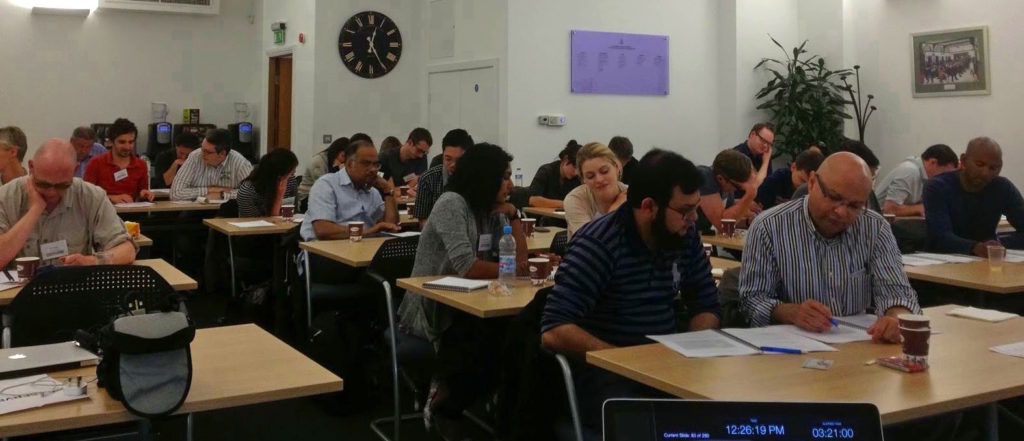
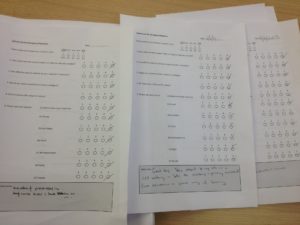

 I’ve always had strong feelings about education. I was an uninspired and underachieving medical student, exasperated at the fact that the preclinical course at my medical school consisted of lengthy lectures about detailed aspects of basic sciences like histology and embryology. To make it worse, the teaching was delivered by basic science PhD students who were required to teach medical students as part of their contract. They taught because they had to, not because they were good at it. In other words, the best way to summarise how I was initially taught to be a doctor is this: my medical training consisted of being taught stuff I didn’t need to know, by people who weren’t doctors, and who didn’t know how to teach.
I’ve always had strong feelings about education. I was an uninspired and underachieving medical student, exasperated at the fact that the preclinical course at my medical school consisted of lengthy lectures about detailed aspects of basic sciences like histology and embryology. To make it worse, the teaching was delivered by basic science PhD students who were required to teach medical students as part of their contract. They taught because they had to, not because they were good at it. In other words, the best way to summarise how I was initially taught to be a doctor is this: my medical training consisted of being taught stuff I didn’t need to know, by people who weren’t doctors, and who didn’t know how to teach.

